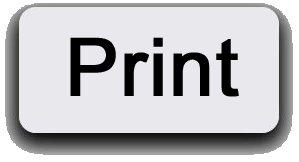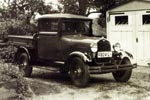
| Ford Model A |
Rust prevention of bare metal parts with RPM (Rust Prevention Magic)
There are always parts on a car where the steel is bare and should stay that way, but you still don't want the part to rust unprotected. After reading the report about the Valiant project in the German 'Oldtimer Markt' 1/2012 (vitage car magazine) and the fact that a product called RPM (Rust Prevention Magic) was invented specifically for this purpose, it was clear to me that I had to have the product.
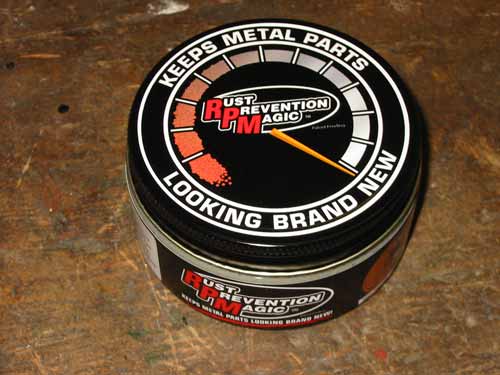
RPM is marketed by the restorers of the Valiant project, or rather their company. It protects bare parts from rust, but you can't tell by looking at the part that it has a protective coating. If you have an untreated sample for comparison, you can feel that the surface of the part treated with RPM feels a little finer, but if you don't know it, you won't notice anything.
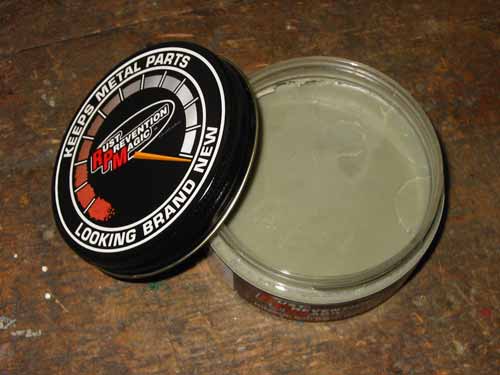
At first glance, the product looks almost like shoe polish and has a waxy consistency. It is also very economical.
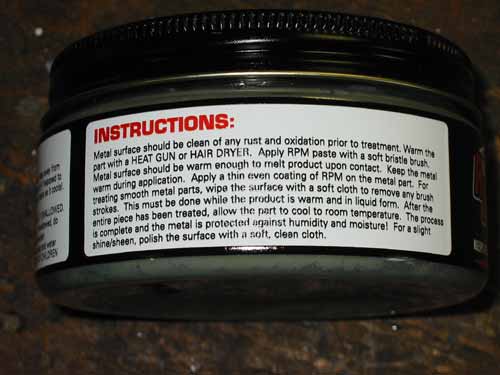
The application is very simple. The part to be protected is heated slightly with a hairdryer and then the product is applied with a brush. At the end, I go over it again with the hairdryer so that everything is evenly distributed. As long as RPM is warm, it shines slightly on the surface and it is easy to see whether the entire surface is covered. After cooling down, the shine disappears and you have a clean, invisible protection. The application is very easy and the surface is not sticky or greasy, so no dirt or dust sticks to it.
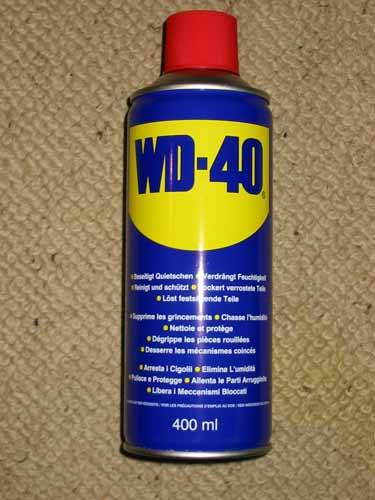
I'm sure everyone has WD-40 in their workshop and it's versatile too. Before I bought RPM, I always protected my bare parts with WD-40. You spray some of this product onto the part (shake well beforehand) and spread it evenly with a cloth. The surface is now a little bit greasy, but if you lay it down to dry or dry it with a hairdryer, the surface is dry, but the rust protection is still there. I use this method to protect small parts that I can't paint straight away after sandblasting. They remain protected from rust for years.
I now have 2 products and want to find out which one is better and whether RPM delivers what it promises. I have carried out a small test to find out.
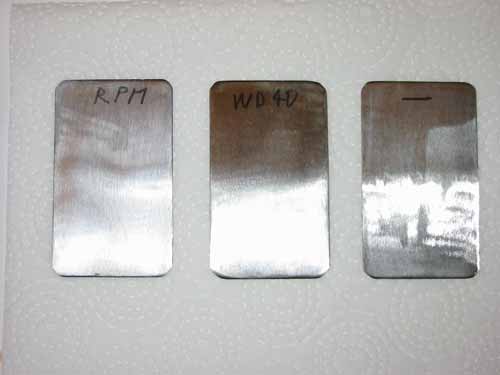
For the test, I sanded 3 steel sheets over the entire surface so that the surface is slightly larger and the sheet is really bright. The sheets are labeled from left to right: RPM, WD-40 and no protection. I applied RPM as described above, rubbed WD-40 on with a cloth and then dried the sheet metal with a hairdryer.
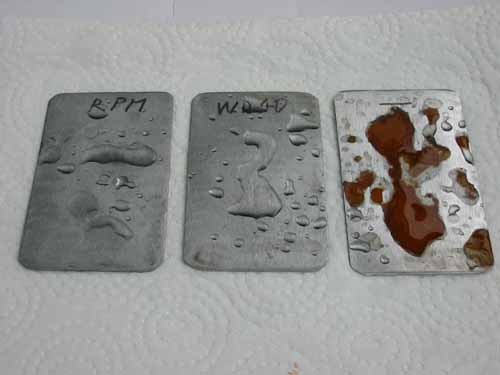
Now I sprayed water on it every morning and evening for 2 weeks as shown in the picture, which evaporated every now and then. You can already see that the untreated part starts to rust after 2-3 days.
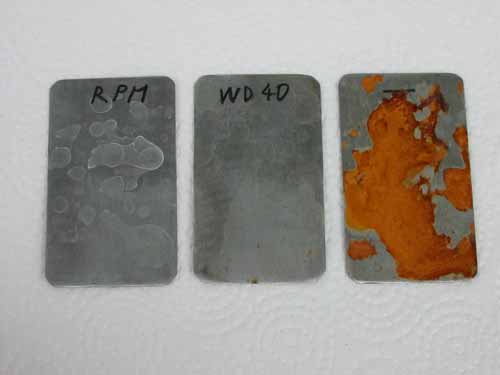
After 2 weeks, the RPM and WD-40 plates are still rust-free, although small rust spots have already formed on the WD-40 plate. The unprotected sheet metal looks pretty rusty. I was amazed at how well WD-40 performed in this test. I knew that it would protect my parts, but I was surprised that it performed so well. In terms of price/performance, WD-40 definitely wins the trophy. Nevertheless, RPM is the winner for me. It's hard to see in the photo, RPM rolls off the water much better than WD-40 and it's not as greasy as WD-40 when you apply it. As my water is a bit chalky and RPM rolls off better, you can see the chalky edges better.
Of course, this is not yet a long-term study, but for those who find RPM too expensive, they can use WD-40, which definitely offers reasonable corrosion protection. However, if you want to protect a bare part well against rust, I can definitely recommend RPM (Rust Prevention Magic) and would use this product.
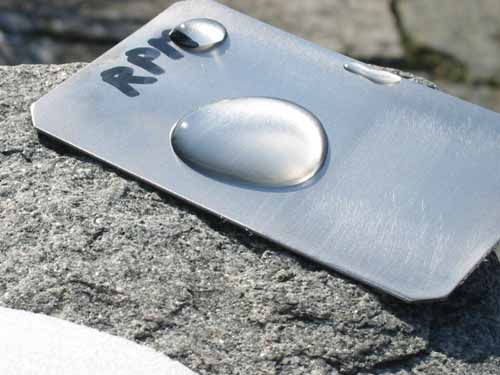
What I meant by water beading off a surface protected by RPM can be seen here on another sample.
Rust Prevention Magic is available in the USA from
www.ECSAutomotive.com .
This is the brochure that ECS distributed at the product presentation at SEMA 2011:
RPM Brochure SEMA 2011 .





